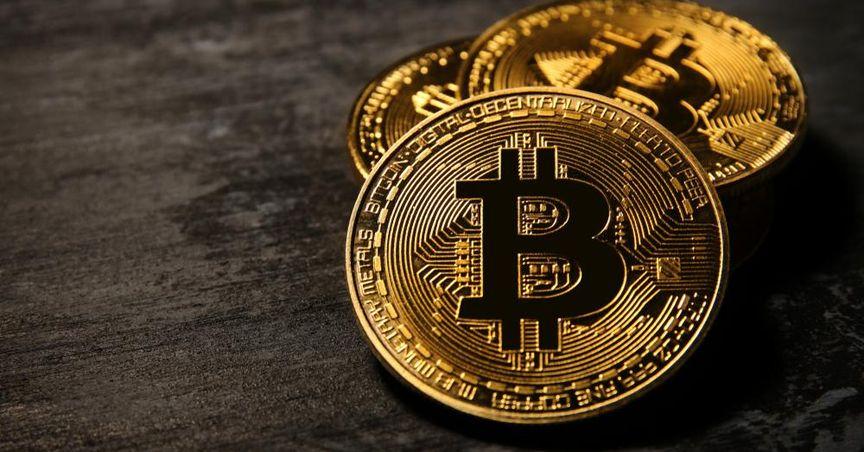Highlights
- XRP Ledger stopped for over an hour due to validation issues.
- Manual intervention by validators was required to restore operations.
- Centralization concerns emerged as discussions compared XRP Ledger to Ethereum.
XRP Ledger experienced an operational halt, stopping at a specific block height for over an hour. The disruption resulted from an issue that prevented the network from publishing new validations, temporarily pausing transactions. The situation required action from validators to manually restore functionality.
RippleX assured users that their holdings remained unaffected during the event. Despite the disruption, the network resumed normal operations after validators established a stable starting point.
Concerns Over Centralization Grow
Following the network halt, discussions intensified regarding XRP Ledger’s structure. Some questioned the influence a small group of validators had in restoring network activity. Comparisons were drawn with Ethereum, which operates with a significantly larger number of validators, reinforcing its decentralized framework.
While XRP Ledger has positioned itself as an efficient and scalable network, the ability of select validators to manually resolve the issue brought attention to its governance model. This event added to ongoing discussions about decentralization in blockchain ecosystems.
XRP’s Price Movement Following Network Recovery
Once operations resumed, XRP recorded a price increase from its previous low. The movement aligned with broader trends observed since the U.S. presidential election, during which XRP has seen a steady upward trajectory.
The recent performance has also contributed to growing discussions surrounding the role of digital assets in financial markets. XRP’s activity remains a focal point as developments unfold regarding regulatory classification and recognition within broader economic frameworks.
Ripple’s Influence and Future Discussions
XRP Ledger’s outage highlighted the role of Ripple in the digital asset landscape. Brad Garlinghouse, Ripple’s CEO, has previously advocated for XRP to be recognized among reserve assets in the United States. This stance has sparked broader discussions on regulatory policies and the position of blockchain networks within financial infrastructures.
The network disruption, combined with ongoing regulatory conversations, has kept XRP at the center of debates on digital asset classification and blockchain governance. As the industry evolves, these discussions continue shaping perspectives on decentralization and blockchain resilience.






